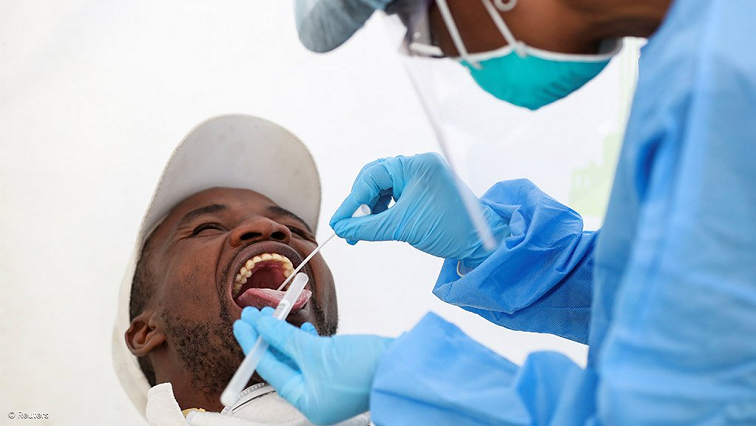South Africa’s second wave of coronavirus infections continue its massive upward climb.
Data from the National Institute for Communicable Diseases (NICD) shows that the resurgence has hit the country’s battle against the virus hard – with 274 606 cases registered in just seven weeks between 15 November to date.
The number represents 27% of the country’s total COVID-19 since the first case was detected on 6 March 2020.
With more than a million infections, the country continues to experience a severe strain as the cases, driven by a new variant, climb rapidly.
Young people are cited as the key drivers in the increase of COVID-19 cases in South Africa amid the second wave. According to the NICD research, youth between the ages of 15-34 accounted for just over 39% of total cases recorded from 13-19 December 2020. This upward trend has escalated with more than 50 000 new cases reported since Christmas Eve.
COVID-19 infections by age

Loading…
As the second wave gathers momentum, South Africans have been warned to brace themselves for a further surge in coronavirus cases.
Health Minister Zweli Mkhize has reiterated a call for people to take health and safety protocols seriously.
“This wave has come up quite unpredictably. In the first instance we didn’t have any clear models that showed us that it won’t be coming so soon. We knew that we could not avoid it. We knew that in many countries it turned out to be much more severe and affected more people than the second wave. Now we are in the middle of it and we are still going to be a few weeks in it and I think it is important for people to understand that they need to take this very seriously.”
Suggestions have been that youth between the ages of 15 and 19 are likely to be those mainly affected. Although they may be mostly asymptomatic, concerns are that they could easily infect older, more vulnerable family members.
Positivity rate
Concerns have also arisen over the positivity rate of the virus.
On Tuesday, Zweli Mkhize announced that the overall positivity for the newly tested individuals is 32.9%.
Experts are worried that it has skyrocketed threefold over as government previously set a positivity rate benchmark of 10%.
They say a higher percent positive suggests higher transmission and that there are likely more people with coronavirus in the community who haven’t been tested yet. It also means that more testing should probably be done.
A factor that has been acknowledged by Mkhize.
He says the health department is increasing testing for COVID-19, with Gauteng expected to experience a massive wave of infections next week.
“We are worried that in the next week the wave is going to be the biggest in Gauteng and that is a matter of concern for us. We are increasing the testing so that people can be separated quickly as to whether they have COVID or not, but people must come and seek assistance so that we can detect early and help to prevent the spread of the infections,” Mkhize told the media.
Cases since 1 November 2020
Author
-
Multimedia Manager at SABC News · Wits - University of the Witwatersrand


